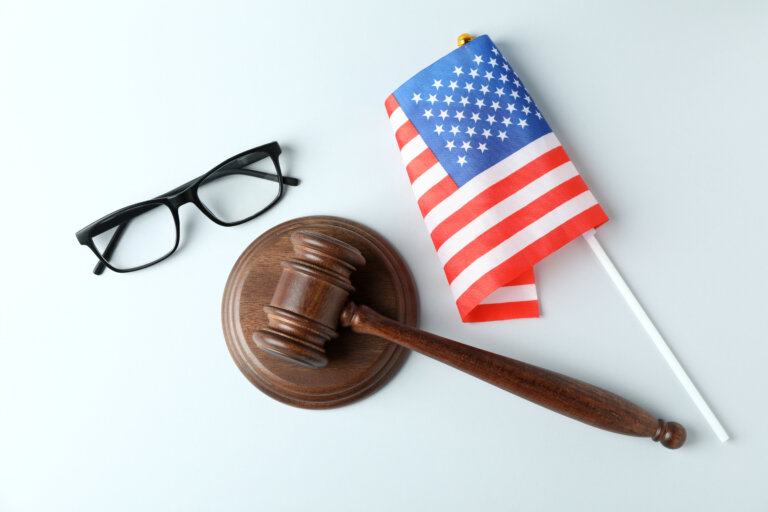The America Invents Act (AIA) marked a pivotal shift in U.S. patent law, fundamentally altering how patents are filed and disputes are resolved. Transitioning the nation to a “first to file” system, this legislation aimed to streamline the patent process, enhance innovation, and reduce legal battles. For inventors and businesses, understanding the nuances of this change is key to safeguarding their creations. This shift not only impacts the strategy behind filing patents but also plays a significant role in the broader landscape of intellectual property rights.
Understanding the AIA
The America Invents Act, enacted in 2011, represented the most significant overhaul of the U.S. patent system in over a century. At its core, the AIA transitioned the United States from a “first to invent” to a “first to file” system, a move designed to simplify the patenting process and align with international standards. This shift means that the right to a patent now goes to the first person who files an application, regardless of who first made the discovery. The AIA also introduced pathways to challenge patents after they have been granted. These changes were intended to enhance patent quality and reduce the likelihood of prolonged, costly legal disputes over patent validity.
Major Changes Brought by the AIA
The AIA brought several major changes to the U.S. patent system, fundamentally altering how patents are obtained and contested. The transition to a “first to file” system is perhaps the most notable change, a move that was aimed at reducing disputes over who was the first to invent. Additionally, the AIA introduced new post-grant proceedings, including Post-Grant Review (PGR) and Inter Partes Review (IPR), allowing for a more efficient mechanism to challenge the validity of a patent. These proceedings are conducted by the Patent Trial and Appeal Board (PTAB) and offer a quicker, less costly alternative to litigation. The AIA also implemented changes to improve patent quality, such as enhanced examination processes and the ability for third parties to submit prior art during examination. These reforms have significantly impacted the strategy behind patent litigation and defense, emphasizing the importance of a robust filing strategy.
Challenges and Criticisms
While the AIA has been praised for modernizing the U.S. patent system, it has not been without its challenges and criticisms. One of the primary concerns is that the “first to file” system may disadvantage individual inventors and small entities, who might not have the resources to quickly prepare and file patent applications compared to larger corporations. This could potentially stifle grassroots innovation and favor well-established companies. Additionally, some critics argue that the new post-grant proceedings, such as Inter Partes Review, might be used strategically by larger entities to overwhelm smaller patent holders with legal challenges. These aspects have sparked a debate on whether the AIA sufficiently balances the need to protect intellectual property with fostering a competitive, inclusive environment for innovation.
Practical Tips for Navigating the AIA
To effectively navigate the AIA, inventors and businesses need to be proactive and well-prepared.
Prioritize conducting thorough prior art searches before filing to strengthen your patent application and avoid potential disputes. Given the “first to file” system, speed in preparing and submitting your patent application is more important than ever. Ensure your documentation is comprehensive and filed without delay. Additionally, staying informed about the post-grant proceedings can be beneficial in understanding how to defend your patent or challenge others. Seeking advice from professionals experienced in AIA procedures can also provide valuable insights and strategies for protecting your innovations.
Contact an Experienced America Invents Act Attorney
At Bold Patents, our team is dedicated to guiding you through the complexities of the America Invents Act. With our experience, we can help secure your innovations with strategic patent filings and robust defense strategies. Don’t navigate this alone—contact us today for a free discovery call to ensure your intellectual property is protected.

